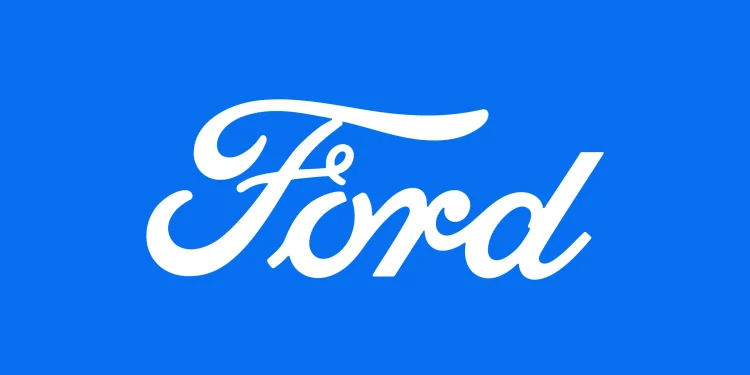Ford will offer affordable EVs in 2027
Words NZ Autocar | Images Ford
Ford is developing a universal EV platform that will allow it to produce affordable electric vehicles in the near future. Company boss, Jim Farley, says it is another Model T moment for Ford. Its first offering will be a new Ranger-sized electric pick-up truck at a supermini price. Evidently it shares nothing with other Ford models.
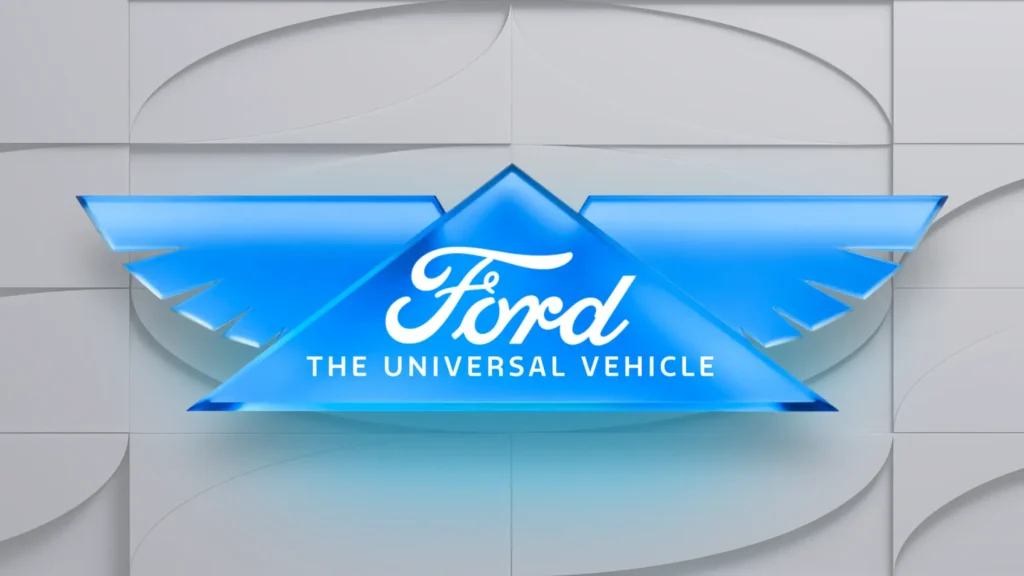
The company claims to have invented a revolutionary new process for EV manufacture. Dubbed the Universal EV Platform it was part of a three-year skunkworks project. Its first product will be a double-cab Ranger-sized pick-up priced at around $US30,000.
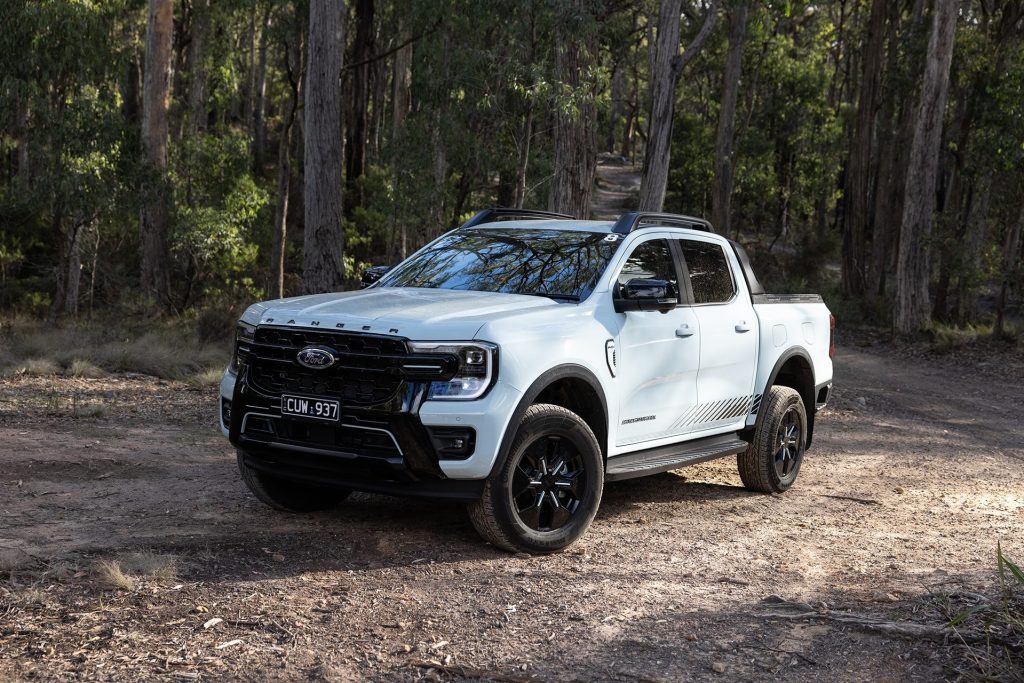
A hatchback, crossover, van and a three-bench SUV will follow, all starting for much the same price.
Cost savings are made by using megacasting that reduces the amount of separate parts in the chassis by 75 per cent. It also halves the number of fasteners and welds required.
The company’s new scalable platform could also open up the potential for a new range of small cars, like Fiesta and Focus.
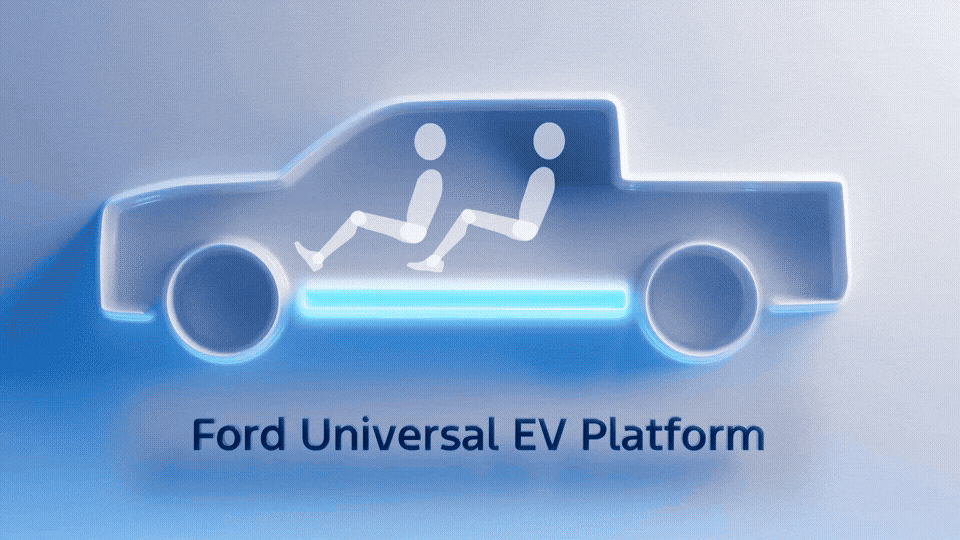
The new EVs will be made at Ford’s Louisville plant in the US and will be offered as global export products.
But the first new Ford EV is for the domestic market. The electric pick-up will take on the likes of the inexpensive Slate Truck. The concept of a cheap pick-up is to boost sales of EVs in a market that is used to fossil fuels.
The new pick-up will likely be dubbed the Ranchero, utilising a known nameplate from the past, like Capri and Explorer.
Platform details are thin on the ground but the pick-up will use LFP battery cells made by Ford in Michigan.
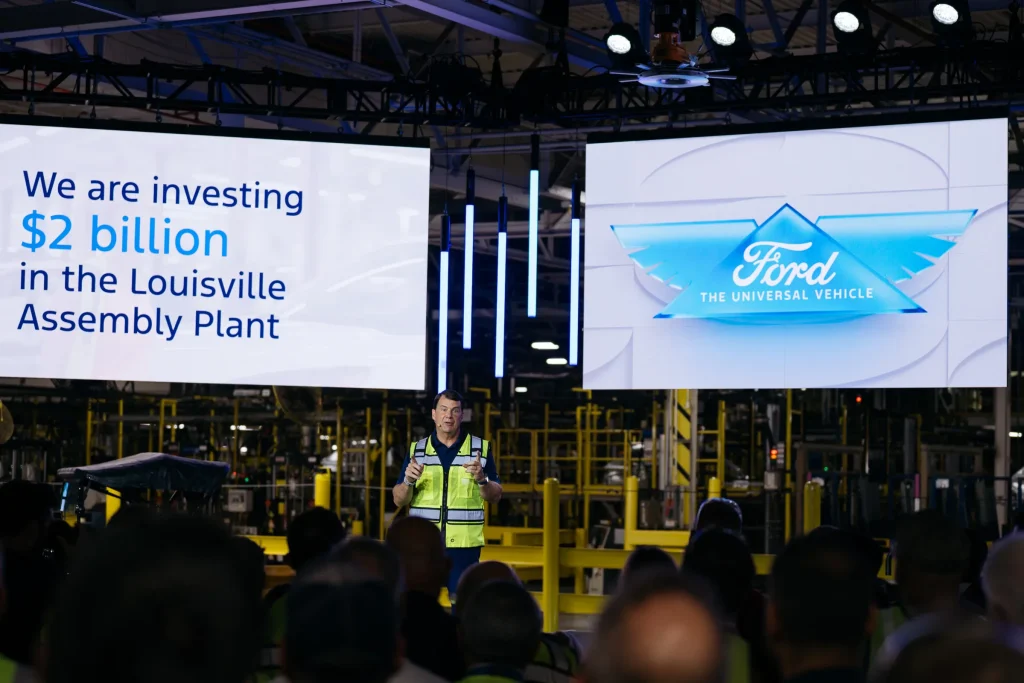
Evidently it will have generous range and will be able to power a house for up to six days, if need be. Moreover, it will be faster than a twin-turbo Mustang, offer rapid charging and feature an operating system that can be updated over the air.
The new platform evidently also focuses on maximising interior space. It will feature a trunk up front.
Ford says it will build three lines to create the vehicles. It will assemble the front, rear and core structure (platform, battery, seats and interior) on separate lines. They will merge for final assembly at the end.
This, it says, simplifies the assembly process for the workers.
Farley concluded: “We needed a radical approach to creating affordable vehicles…but we also need to be sustainable and make money.
“There are no guarantees with this project.”


